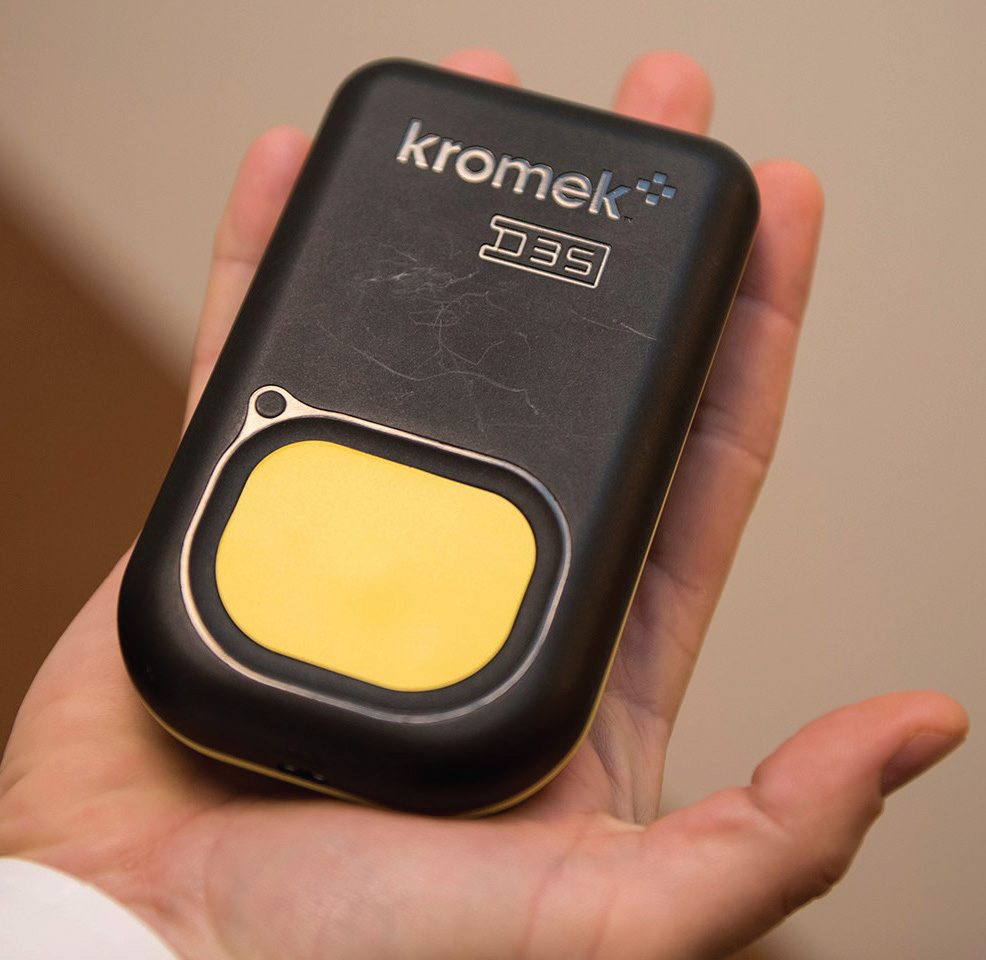Summary
Terrorist attacks involving the use of proliferated radiological and special nuclear materials pose a potential threat to U.S. citizens and servicemembers. Early detection of such materials and devices made from them is a critical part of the U.S. strategy to prevent attacks. Lower-cost and more sensitive detectors, along with innovative deployment strategies, could significantly enhance detection and deterrence of attack. | This program evolved into SIGMA+
The SIGMA program aims to revolutionize detection and deterrent capabilities for countering nuclear terrorism. The desire for significantly lower-cost and more capable radiation detectors is a common element of multiple detection concepts-of-operations (CONOPs).
A key component of SIGMA thus involves developing novel approaches to achieve low-cost, high-efficiency, packaged radiation detectors with spectroscopic gamma and neutron sensing capability. The program will seek to leverage existing infrastructure to help enable these next-generation detectors and their deployment in order to demonstrate game-changing detection and deterrent systems.

If SIGMA is successful, the ubiquitous availability of cheaper and more efficient detectors will permit ample CONOPs to enhance the security of U.S. citizens and servicemembers around the world.

Office
Defense Sciences OfficeThis program is now complete.
This content is available for reference purposes. This page is no longer maintained.
